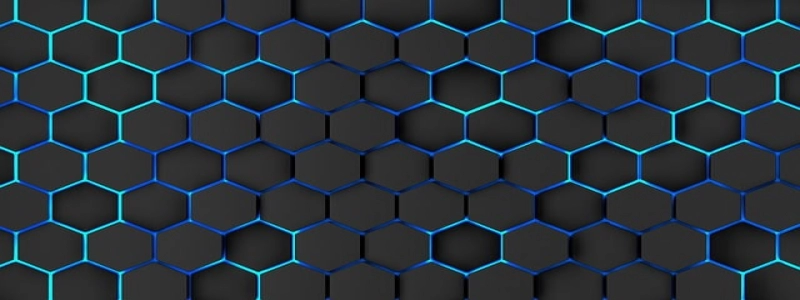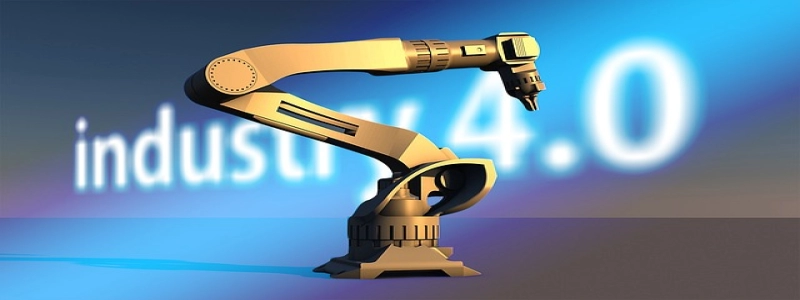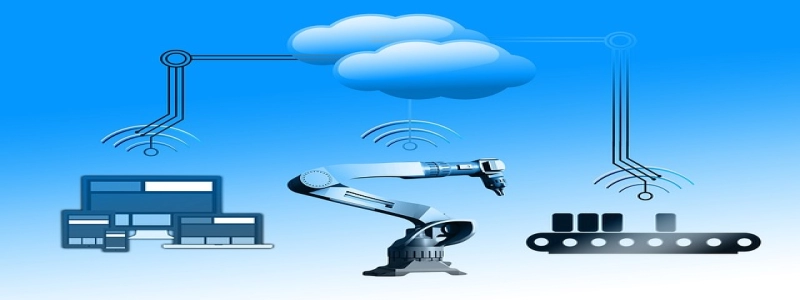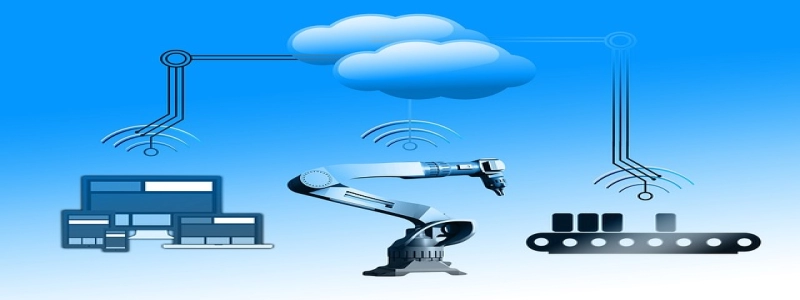Ethernet Alternatives
Introduction
Ethernet has long been the dominant networking technology, providing fast and reliable connectivity for computers and devices. However, with the ever-increasing demand for higher speeds, lower latency, and more efficient data transmission, alternative networking technologies have emerged as promising options. In this article, we will explore some of the top alternatives to Ethernet and their potential benefits in various use cases.
Fiber Optics
Fiber optics offers an excellent alternative to Ethernet, providing ultra-fast data transmission speeds and almost unlimited bandwidth. Unlike Ethernet, which relies on copper wiring, fiber optics rely on thin strands of glass or plastic to transmit data through light signals. This technology is highly resistant to interference and can transmit data over long distances without any loss in signal quality. As a result, fiber optics is ideal for applications that require high-speed and high-bandwidth connections, such as data centers, telecommunications, and internet service providers.
Wireless Technologies
Wi-Fi and cellular networks have become widely popular alternatives to Ethernet, especially for mobile devices and remote locations. Wi-Fi offers the convenience of wireless connectivity within a limited range, making it suitable for home networks, offices, and public spaces. On the other hand, cellular networks provide wireless connectivity over vast areas, enabling seamless internet access on smartphones and other mobile devices. While not as fast as Ethernet, wireless technologies have constantly evolved to offer higher data speeds, making them increasingly reliable alternatives.
Powerline Communication
Powerline communication (PLC) is an innovative technology that utilizes existing electrical wiring to transmit data signals. PLC offers a convenient alternative for network connectivity, eliminating the need for additional cable installations. By using power outlets as access points, PLC enables data transmission through the electrical grid, providing networking capabilities to every room connected to the power lines. Although PLC may not offer the same speeds as Ethernet, it provides a cost-effective solution for extending network coverage within a building or home.
Hybrid Solutions
In some cases, combining multiple networking technologies can provide an optimal solution for specific requirements. For instance, a hybrid solution might involve using Ethernet for core network infrastructure while incorporating wireless technologies for devices connected to the network. This approach allows for the benefits of both wired and wireless connectivity, ensuring reliable and flexible network access. Hybrid solutions are particularly useful in environments where mobility, scalability, and security are essential, such as smart homes, industrial automation, and transportation systems.
Conclusion
While Ethernet has long been the go-to networking technology, there are several alternatives available that offer unique advantages. Fiber optics, wireless technologies, powerline communication, and hybrid solutions all provide viable options depending on specific use cases. As technology continues to advance, it is essential to consider these alternatives to meet the growing demands for faster and more efficient connectivity. By exploring and adopting the right alternative, organizations and individuals can ensure optimal network performance and pave the way for a future-proof digital infrastructure.








